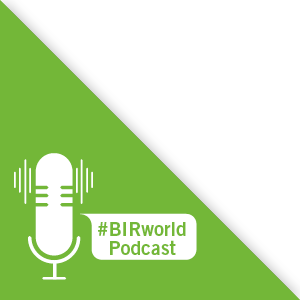A couple of weeks back, market conditions in India almost defied the laws of gravity: it felt like “what goes up, goes up even higher”. The improvement in business conditions since last October has left everyone stunned. Sales of new cars, white goods, houses, etc. have made a stellar comeback; the stock market is now trading at its historical high; backed on new dollar inflows, the rupee has rallied considerably; and domestic demand and metals prices have remained robust.
All in all, last summer’s ghosts of impaired business conditions and related unemployment have completely disappeared. Barring travel and hospitality, most sectors are now on a positive growth trajectory. We are expected to close the year with a GDP contraction of around 7.7% as against earlier predictions of 10-11%. This would still represent the lowest for seven decades but India needs to swallow this bitter pill and move on.
The annual financial budget will be presented on February 1. Speculation is rife as to whether it will be focused on fiscal prudence or will unleash reforms backed by high expenditure. One of the major weapons in India’s economic artillery are the big infrastructure projects to which it has already committed. If these can be fast-tracked, it would induce more demand for materials and also create jobs.
The Prime Minister is passionately advocating a “Vocal for Local & Local for Global” theme for reviving the economy. Hence, this budget may see the adoption of a protectionist approach, safeguarding Indian businesses and empowering them by imposing higher taxes on imports of specific, value-added goods. Based on the monthly GST collection amounts, the manufacturing sector seems to be slowly finding its lost mojo. Interest rates are on a downslide, helping companies to push capital expenditure and/or lower finance costs.
As for COVID, India has done very well in recent months, with daily cases now dropping below 15,000; for a country with a population of 1.35 billion people which saw new infections above 100,000 per day in the previous quarter, we have come a long way. The vaccination programme kicked off last week and India administered its first million jabs in just under seven days. While domestic travel has picked up, foreign traffic is still severely curtailed on account of safety protocols.
On the business front, the rally appears to have been snapped and scrap prices have plateaued over the last two weeks. LME prices have started to draw back, failing to create new highs in recent days. With Japanese aluminium alloy ingot prices cooling down and the Chinese showing less aggression in their scrap buying, aluminium prices have started to soften here, specifically on items like Zorba which has dropped around US$ 150 per tonne from its highs. Demand for brass scrap remains strong and most consumers are shifting their buying to LME-linked formula contracts, mitigating it with their sales/exports of billets. Demand for zinc and lead scrap has also seen an uptick.
Overall, most secondary smelters and scrap processors/traders are back at full capacity. The global rally in metals prices will see them generating profits on their booked inventories. But a sense of risk and caution is now palpable in all new purchases and trades as markets have started to move sideways or even dip. Let us hope 2021 is a year of positivity and growth.

Dhawal Shah
Metco Marketing (IND) PVT Ltd, Senior Vice-President of the BIR Non-Ferrous Metals Division
Country
 India
India
